DS opens the order books for the DS N°4 at €45,990
The French Stellantis subsidiary DS unveiled the new DS N°4 in mid-May and has now also announced the prices for the French market. The battery-electric offshoot DS N°4 E-Tense starts in the Pallas equipment line at a list price of 46,900 euros. Leasing starts at 419 euros per month. This puts the electric DS N°4 a few hundred euros below its sister model, the Peugeot e-408, for which the French company charges 46,600 euros, or £42,175 in the UK.
Until now, the compact sedan from DS has been on sale as a combustion engine and plug-in hybrid. With the new edition, the Stellantis brand has killed off the petrol version and now only offers the 4 Series as a pure electric car, plug-in hybrid and full hybrid. The introduction of a purely electric DS N°4 does not come as a surprise. In autumn, sister brand Peugeot had already taken the same path with the e-408. Here, too, the facelift was used to introduce an electric version, and the French company also dispensed with the previously available combustion engine.
Both compact models – the DS and the Peugeot – are based on the EMP2 platform that has been in use for years; the partially electrified versions have been available since 2021. Nevertheless, the EMP2 has received some upgrades for the current generation of electric vehicles. For example, both vehicles do not use the usual 115 kW motor, but a drive with 157 kW, which corresponds to the output of the two electric vehicles E-3008 and E-5008, which are already based on the STLA Medium. The motor is being built by the Stellantis-Nidec joint venture. The gearbox is supplied by Stellantis from Valenciennes.
The battery is also new, with a 54 kWh battery previously installed in the EMP2 – for example, in the Peugeot E-308, while the DS N°4 and Peugeot e-408 have a net energy content of 58.2 kWh and a range of around 450 kilometres each. The NMC battery is charged with 11 kW AC and a maximum of 120 kW DC, 20 kW more than the 54 kWh battery. The charging process from 20 to 80 per cent should take around 30 minutes. This makes it difficult to compare with other models, as the charging time from ten to 80 per cent is usually specified. What is clear, however, is that these are rather mediocre values for an electric car coming in 2025.
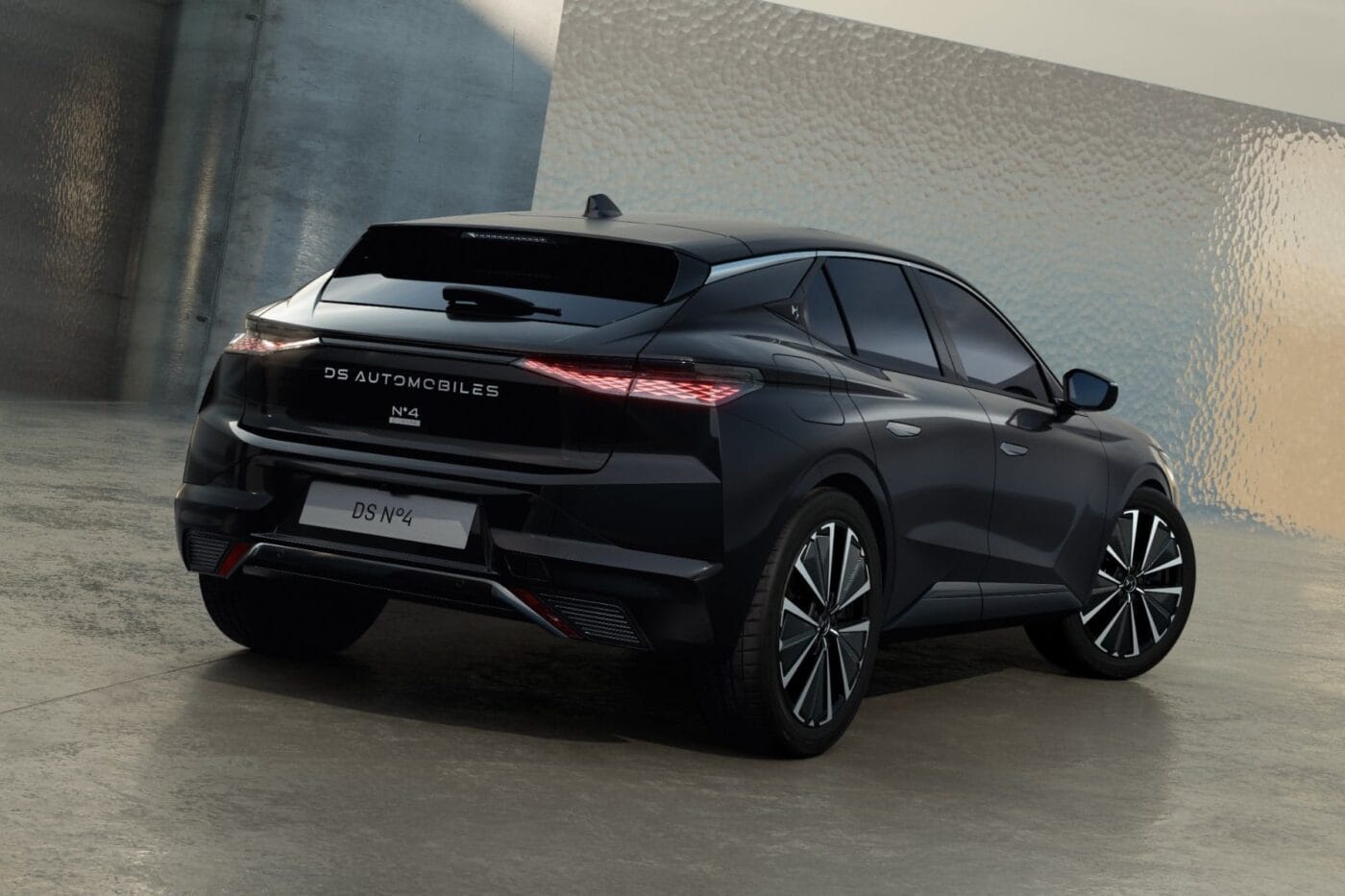
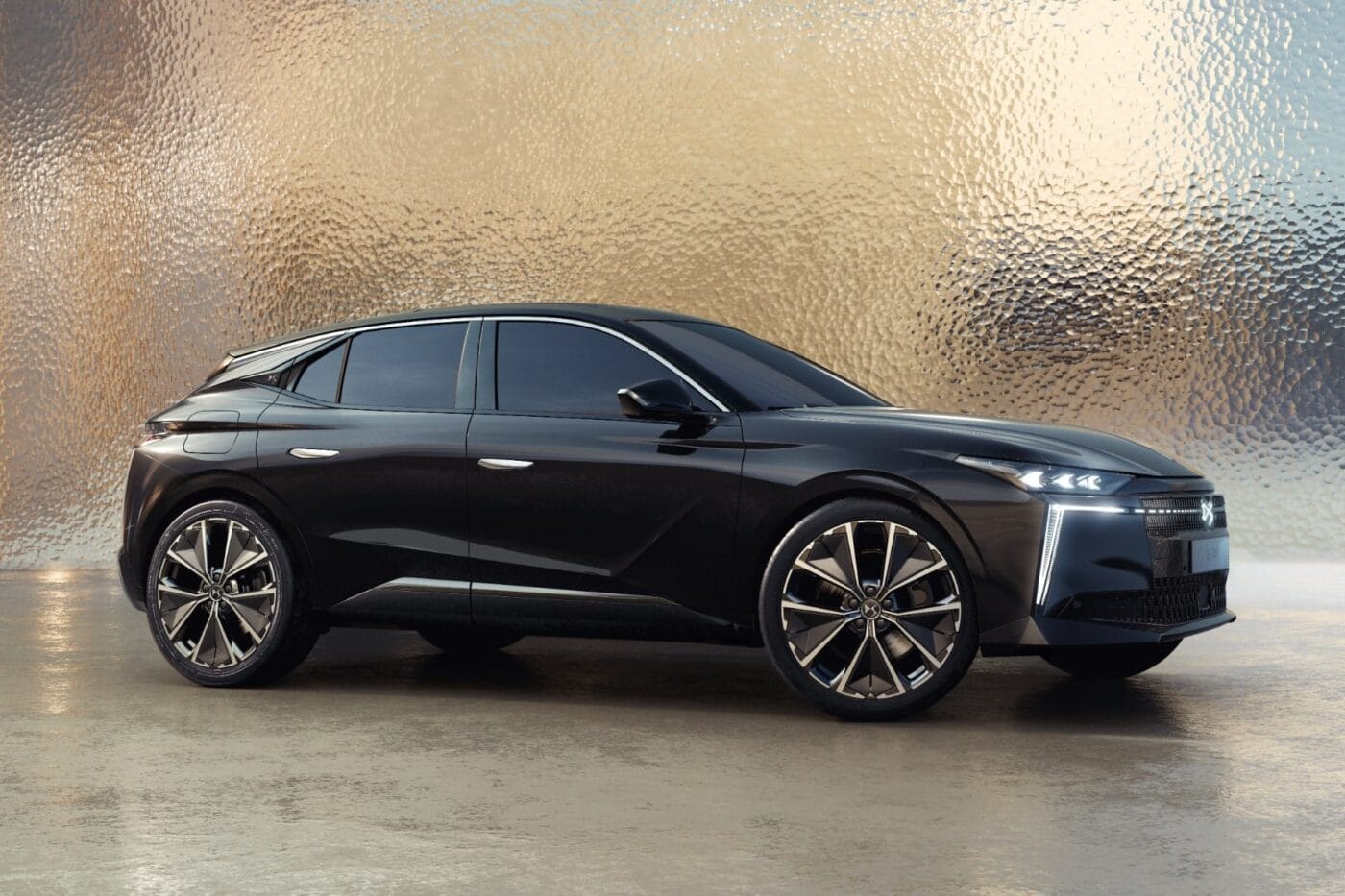
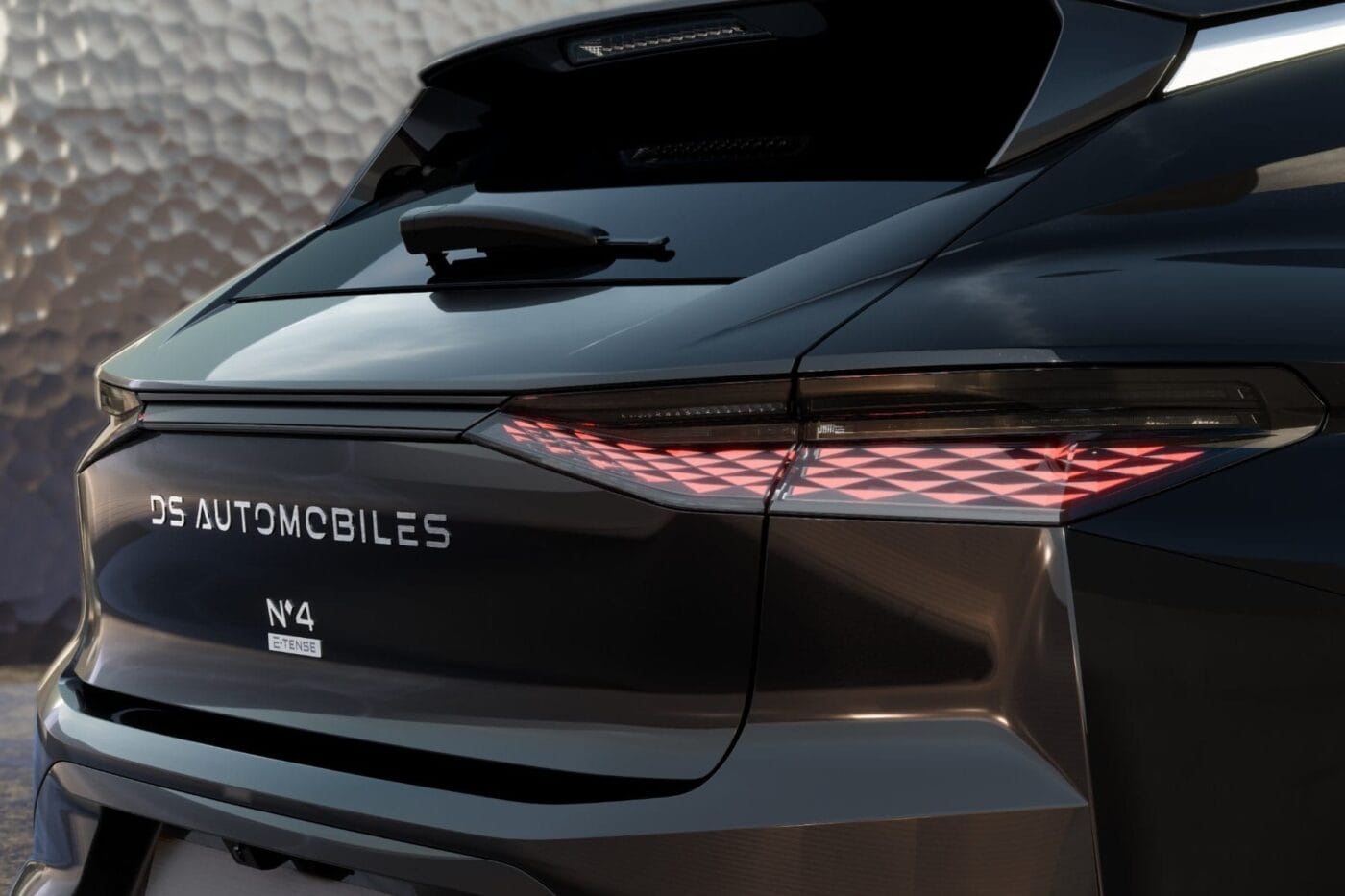
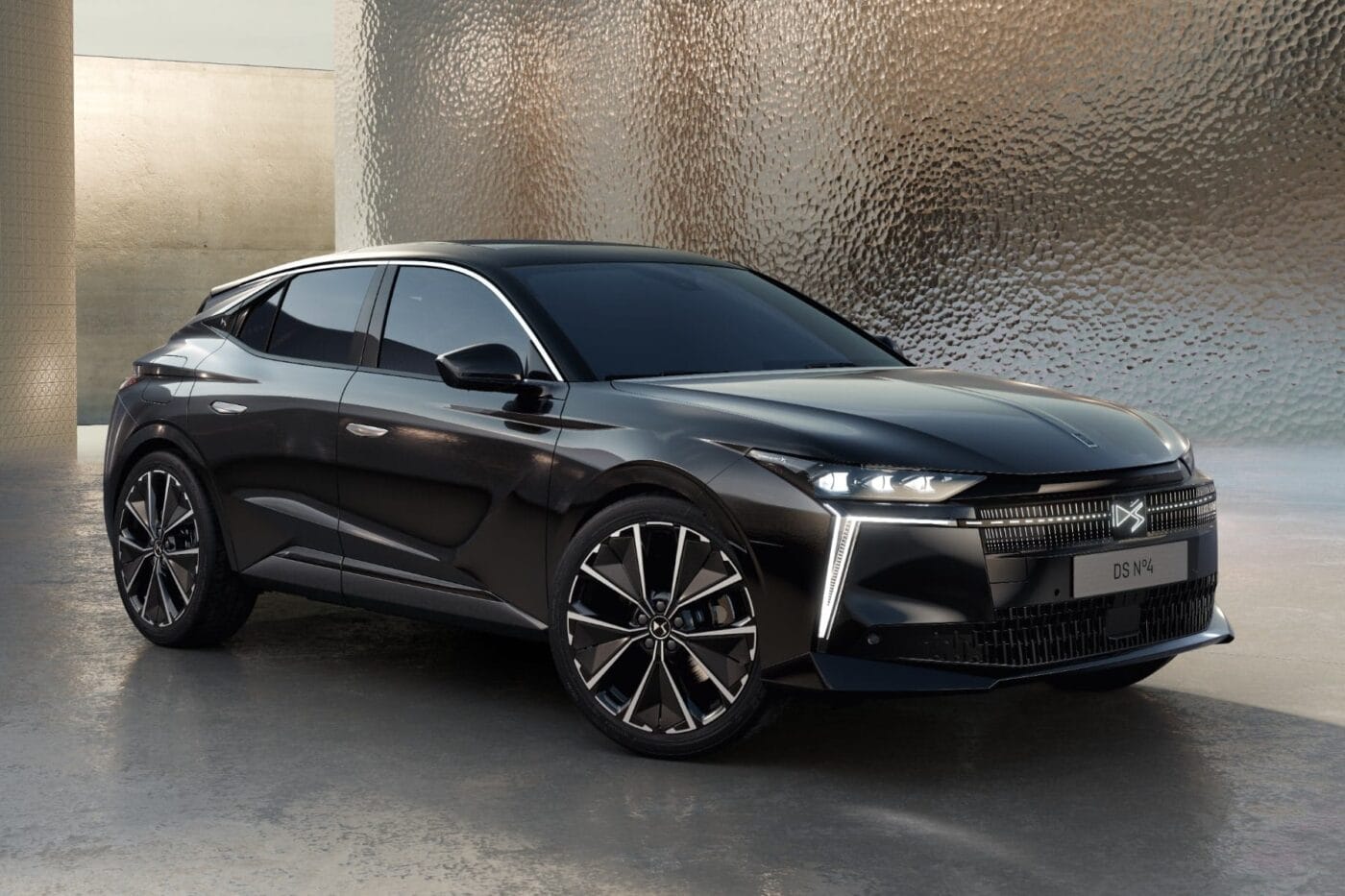

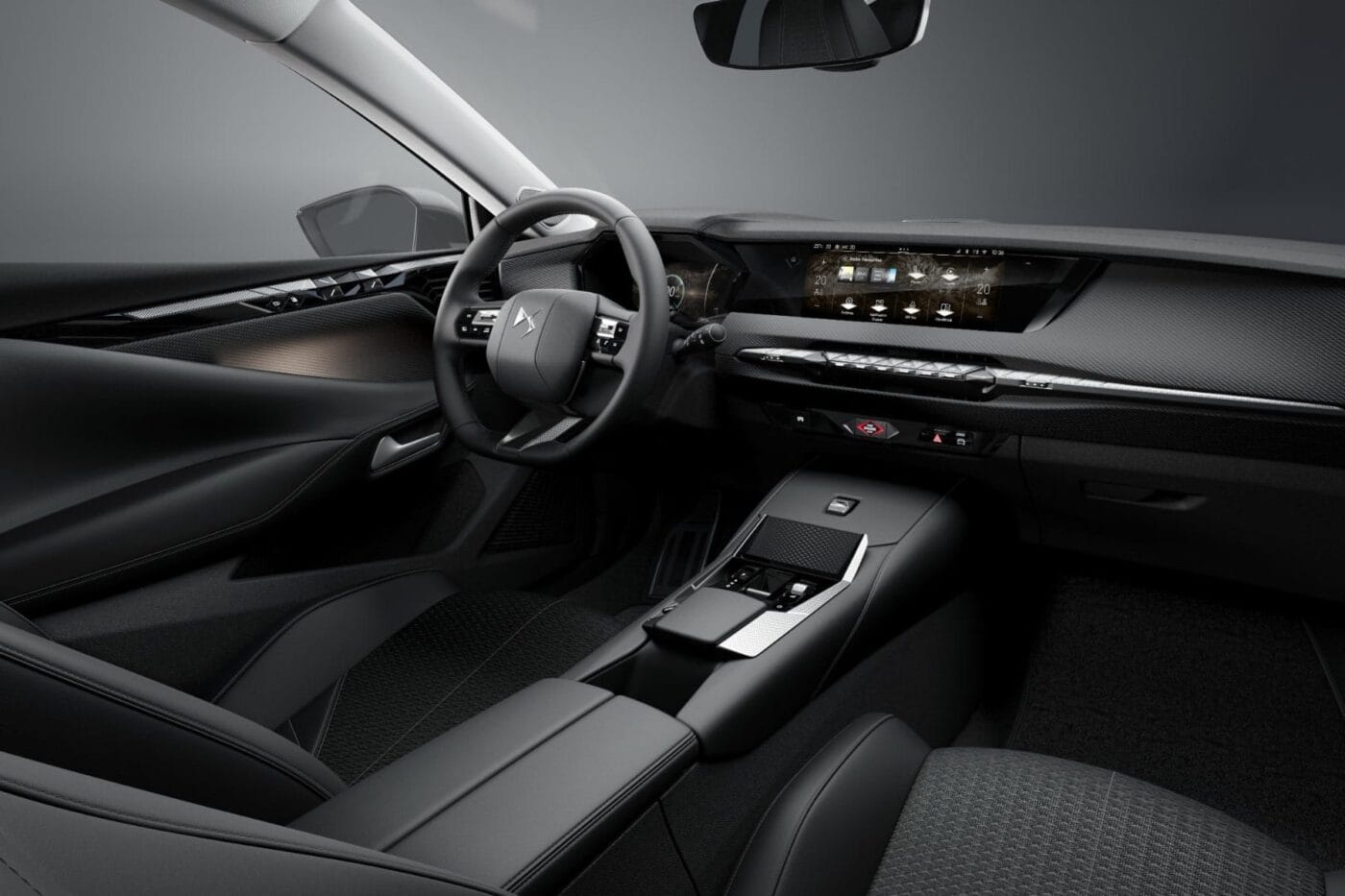
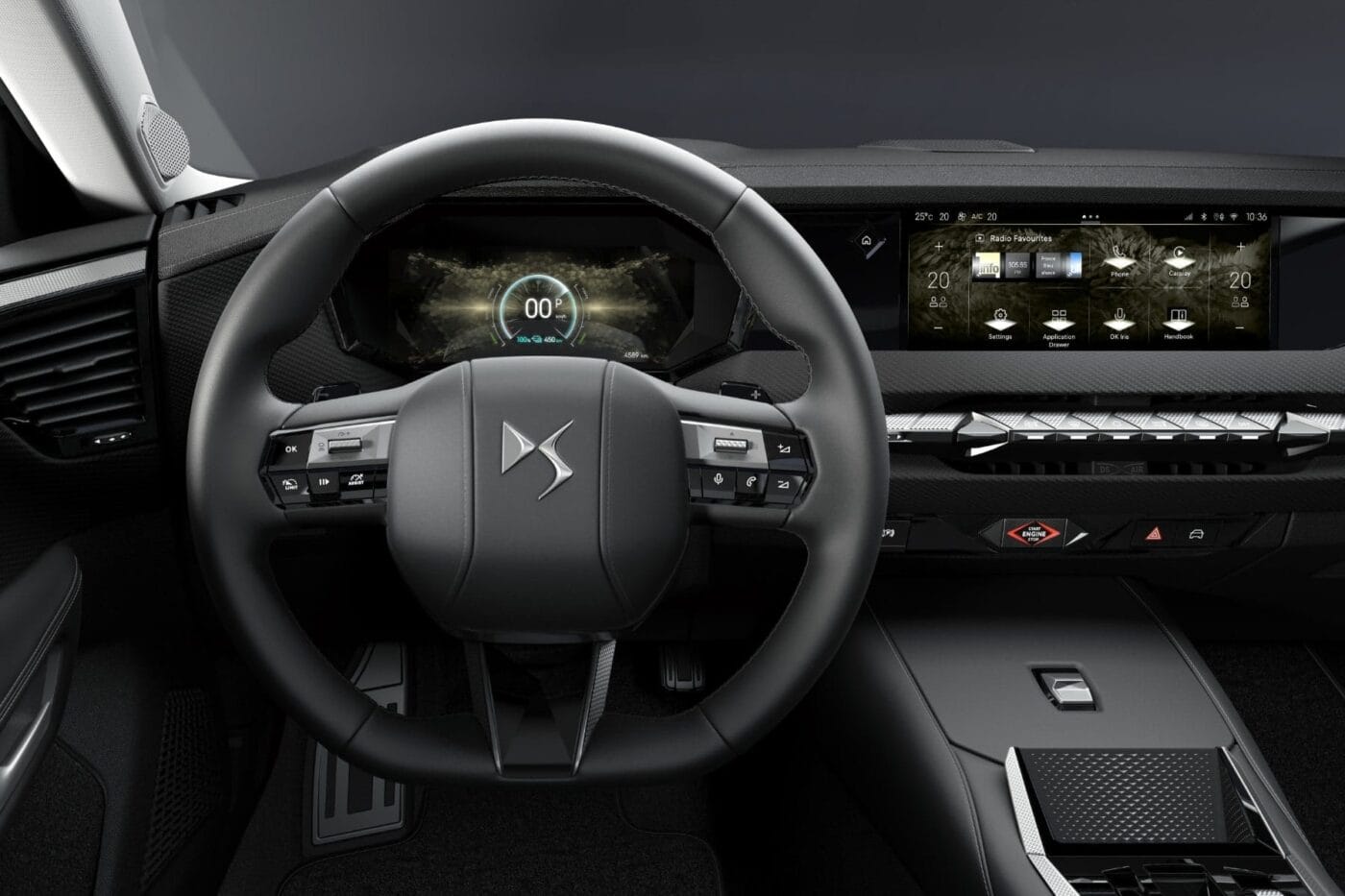
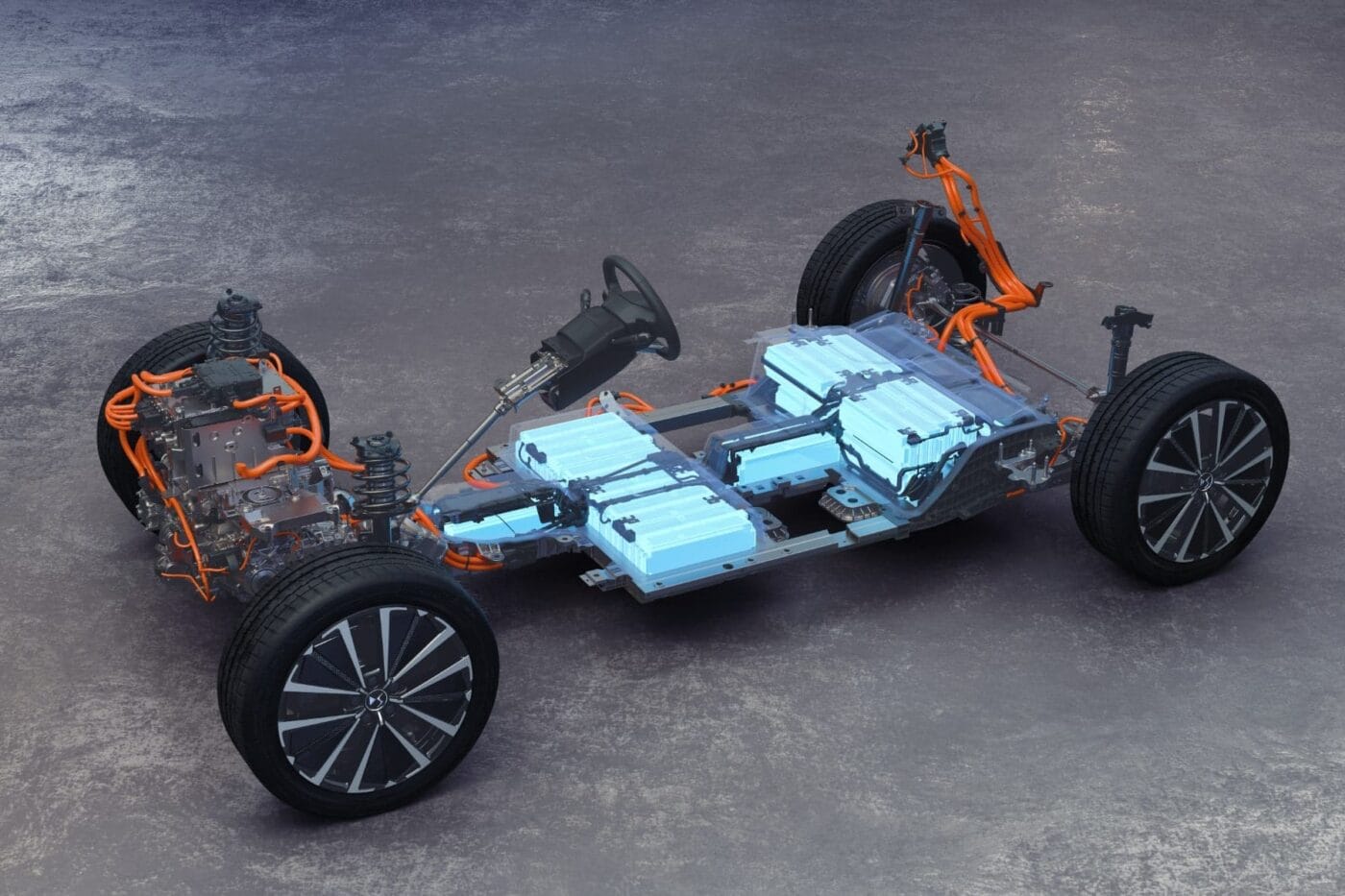
In terms of dimensions, the electric DS N°4 is 4.40 metres long, 1.87 metres wide and 1.47 metres high. The wheelbase is 2.79 metres. This makes it almost 30 centimetres shorter than the Peugeot e-408 with an identical wheelbase, which is particularly evident in the luggage capacity: in the standard seating configuration, the DS only has a boot capacity of 360 litres.
On the other hand, the DS brand wants to score points with premium aspects. Visually, this includes large wheels (720 millimetres in diameter), retractable door handles and a redesigned front end with a striking light signature as part of the facelift. The interior features ‘state-of-the-art connectivity including integrated ChatGPT artificial intelligence’, according to the manufacturer. Depending on the trim level – the ‘Pallas’ and ‘Étoile’ levels are available (which can be further personalised with optional packages) – the front seats are also heated, ventilated and have a massage function ex works. The DS N°4 Étoile also comes with DS Matrix LED Vision headlights as standard.
Compared to its predecessor, the new DS N°4 has a bonnet that is 12 millimetres longer and a body that has been lowered by 10 millimetres. This, in combination with discreet air deflectors in the radiator grille, should contribute to improved aerodynamics, according to the French manufacturer. Inside, the compact sedan features a new 10.25-inch digital monitor with graphics inspired by the recently launched top-of-the-range DS N°8 model. A 10-inch touchscreen in the centre console is also used to operate the infotainment system (‘DS Iris System’), which comes as standard or as an option depending on the trim level and now supports ChatGPT. Also on board: the optional DS Extended Head-Up Display, a connectivity package (‘Connect One or Connect Plus’) and a range of driving assistants. EV route guidance, which can also be linked to the preconditioning of the battery, is also standard in the all-electric version.
Finally, a V2L function for charging external devices such as e-bikes, laptops or similar is also new. As far as body colours are concerned, there is a choice of pearl white, crystal grey, perla nera black, night flight and the new cashmere blue.
All variants of the DS N°4 are built at Opel in Rüsselsheim. Incidentally, the current predecessor was the first model that DS Automobiles outsourced to the plant in Hesse in 2021. And finally, a word about the other offshoots: the plug-in hybrid of the new edition will have an electric range extended by 30 kilometres. It has a system output of 165 kW and houses a 14.6 kWh battery. The full hybrid version of the compact sedan has an output of 107 kW.

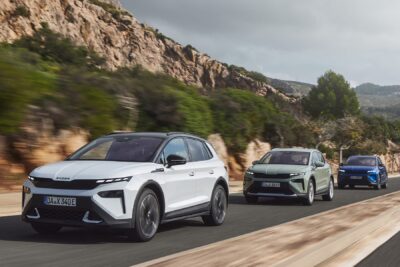


0 Comments